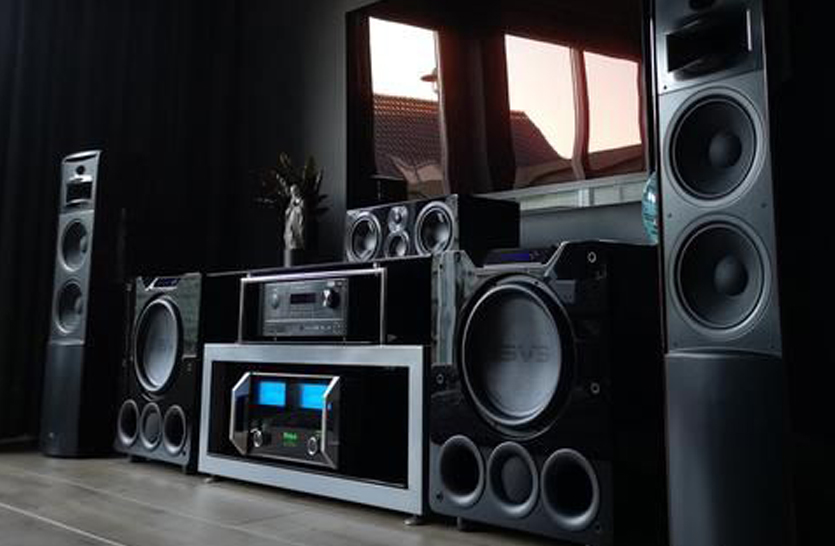
With home theatre systems, you can experience a movie theater's full experience without having to deal with the inconvenience of long lines and noisy patrons. But putting the appropriate parts together is key to getting the most out of a high-end home theatre system. The enjoyment value of a home theatre system will be greatly diminished if one component is forgotten or a bad buy is made. Here are the five most important factors to take into account while creating or remodeling your home theatre.
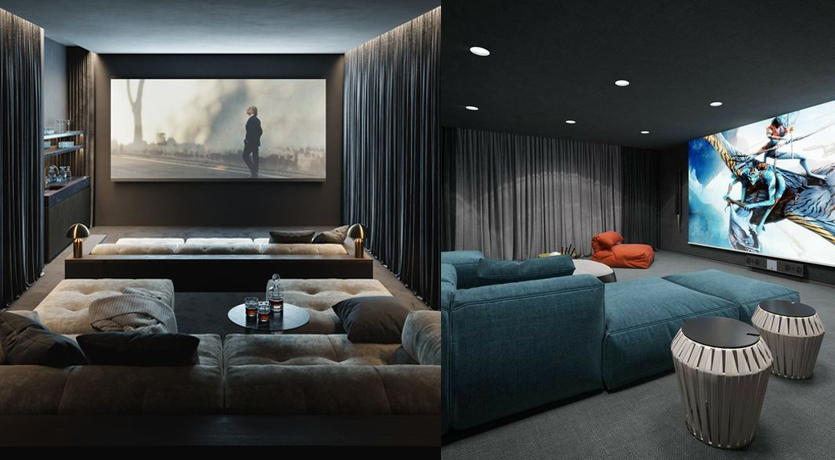
The surge protector
All the magic is made possible by electricity, but electrical surges might be your deadliest adversary. An electrical surge can still render even the most advanced equipment worthless.
Surges, which are merely voltage spikes within an electrical circuit, are what surge protectors protect your delicate (and expensive) devices from. Power strips and surge protectors typically have a similar appearance, but they should not be confused. A power strip doesn't provide surge safety; it just adds more electrical outlets.
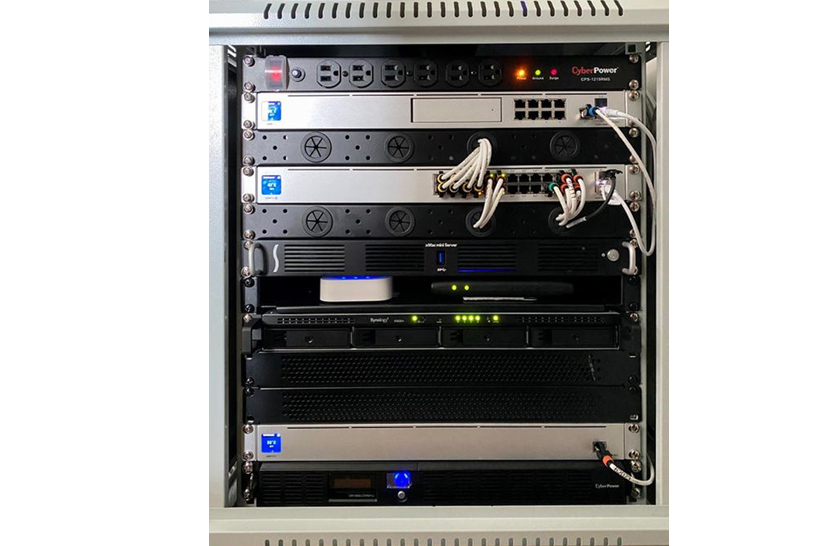
The home theater room
One of the most crucial elements of the whole process is the space that will house the home theatre. How the rest of the home theatre system is put together will depend on the room's form, where the windows are, and where the access points are.
The room of choice ought to resemble a rectangle as closely as feasible. Low-light spaces are also preferable, yet with the correct curtains, window light can be easily blocked out.
Another thing to think about is the placement of the furniture. Where will guests be seated? This further establishes where the speakers and display device will be installed.
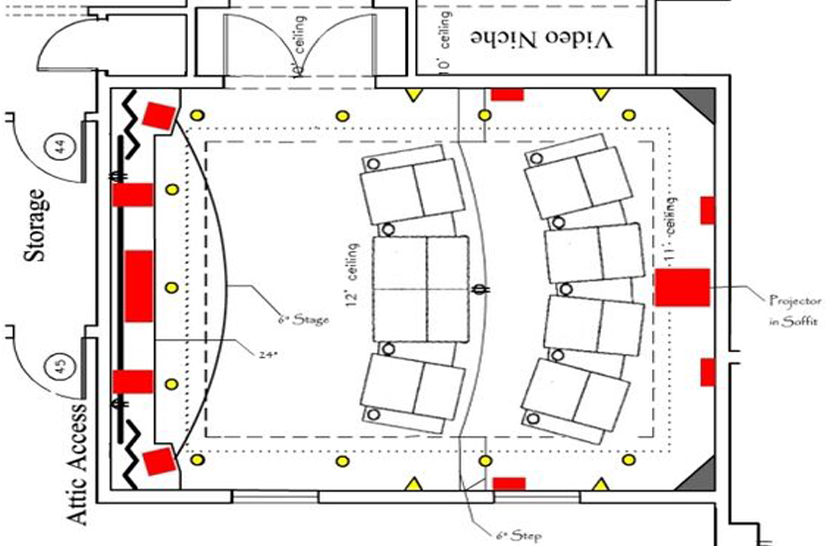
The speakers
In a home cinema room, the audio is half the enjoyment. The immersion element will be increased by purchasing high-quality speakers, enabling you and your visitors to lose yourself in a movie or video game.
The majority of home theatre systems are 5.1, which means they contain a subwoofer, one center speaker, two rear speakers, and two front speakers. Speaker placement will differ depending on a variety of circumstances, so you'll probably need to try out a few various placements to find the one that works best for you. However, the Dolby staff has produced a helpful speaker positioning guide.
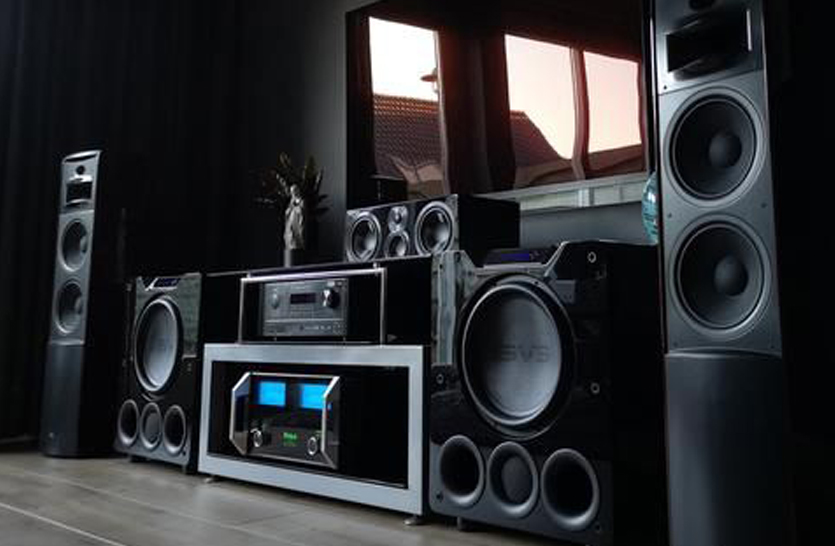
The receiver
Your speakers, video input, and display device are all connected through your receiver. It serves as your home theatre system's main hub. Many receivers come with built-in speakers, but others also offer inputs for external speakers.
Although some home theatre systems frequently use separate amplifiers and even preamps, the ideal receiver will also serve as an amplifier. Purchasing an all-in-one device will be more than enough for the majority of folks.
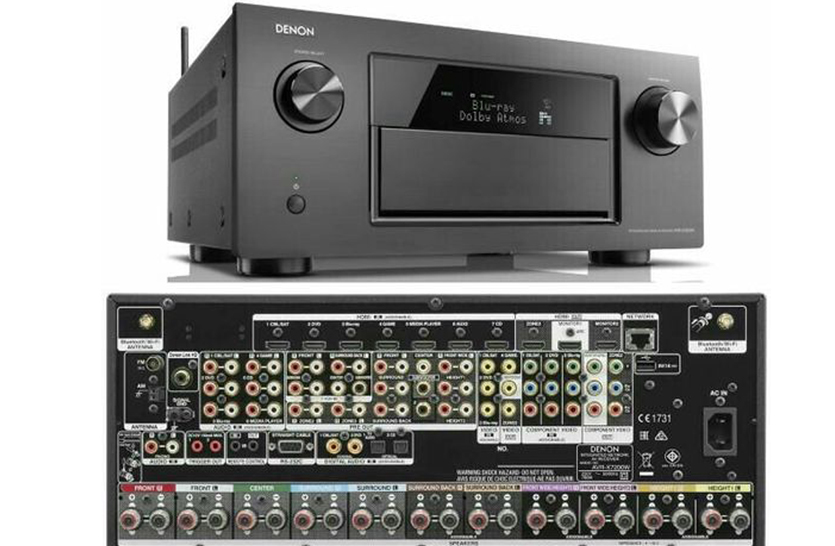
The display device
What kind of thing? TVs: OLED or LCD? Consider a 4K Ultra HD TV. Even better, you might elect to use a video projector and screen.
Contrary to assertions to the contrary, personal preference ultimately determines which alternative is the "best." In areas where a projector will not fit well, there are different TV technologies available. While many people would be content with a 1080p LCD TV, some movie enthusiasts may want a 4K TV. If you're not sure what will work best, check out the selection at a showroom for Gramophone.
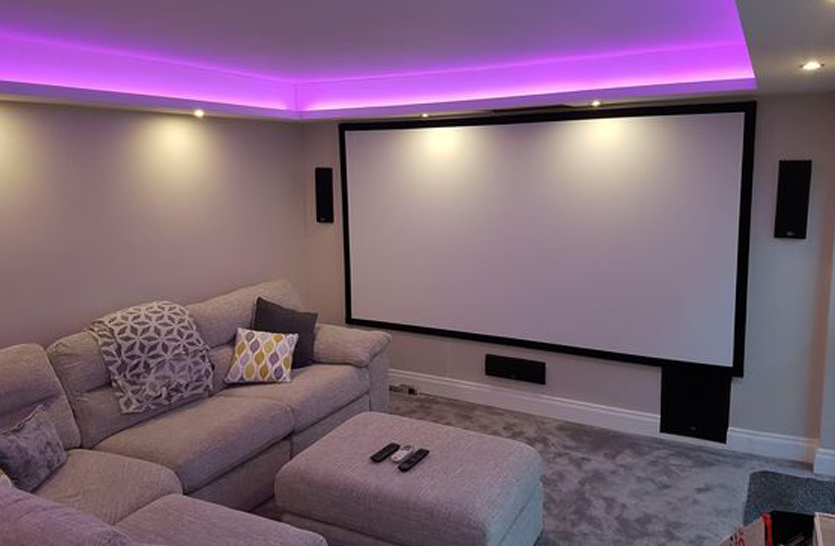
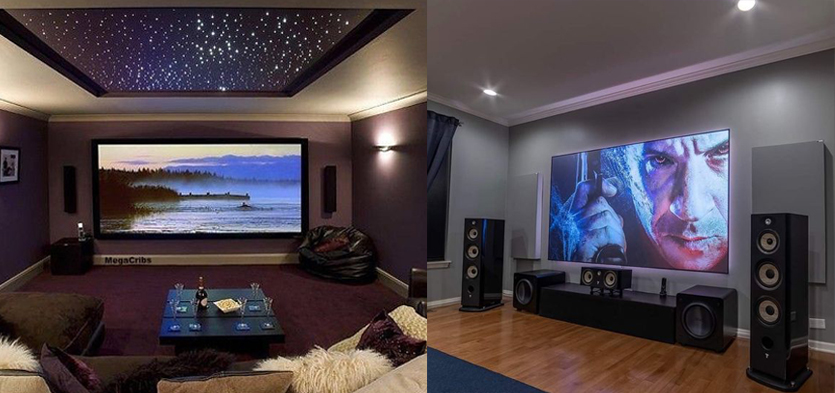

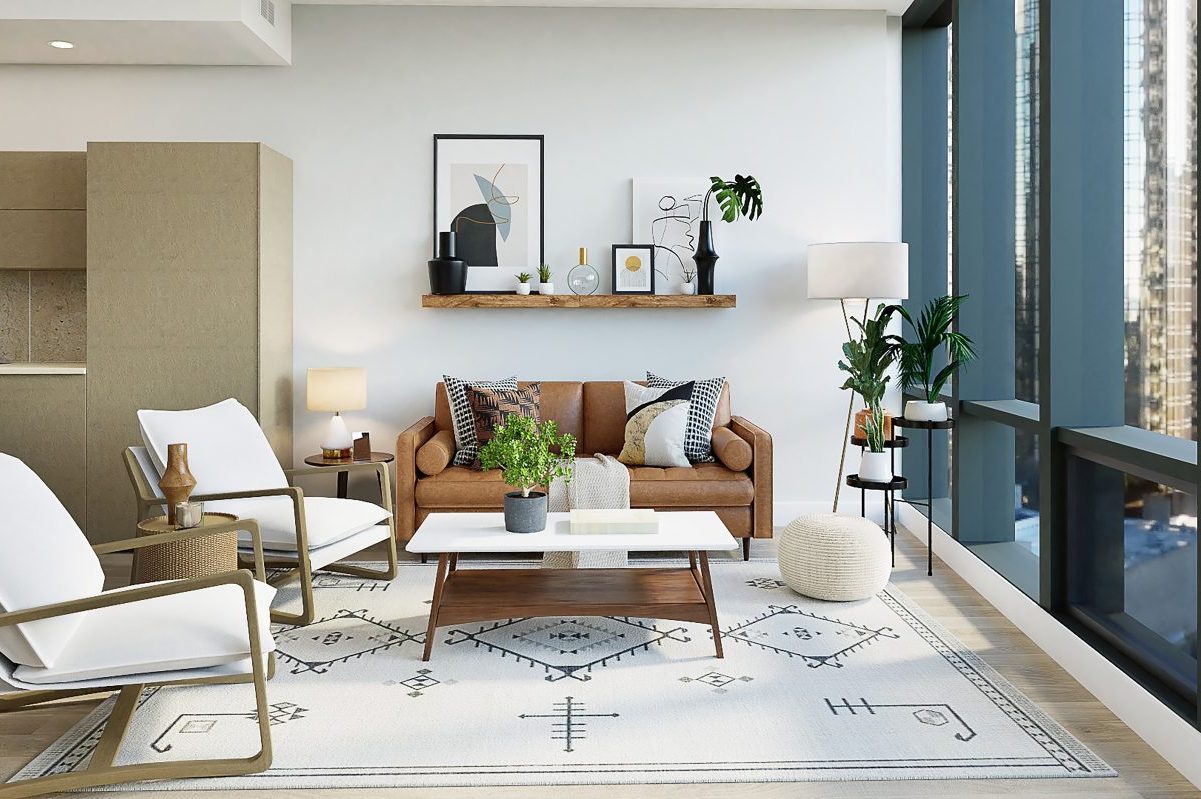

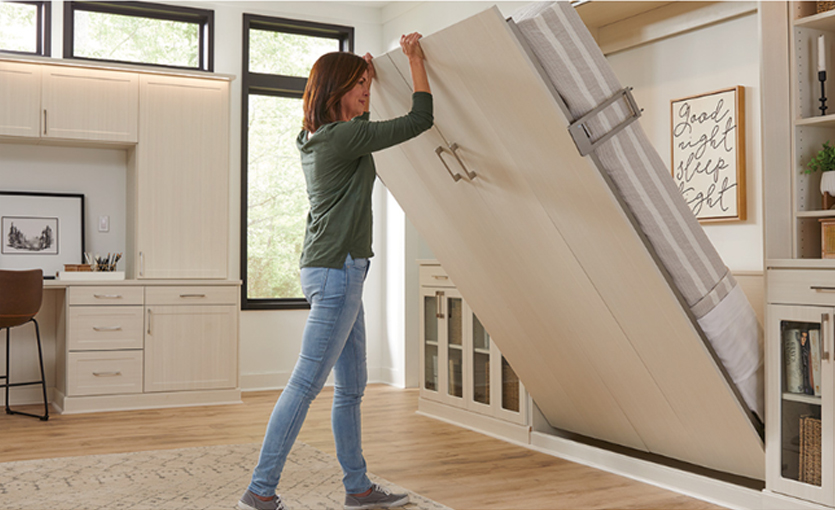


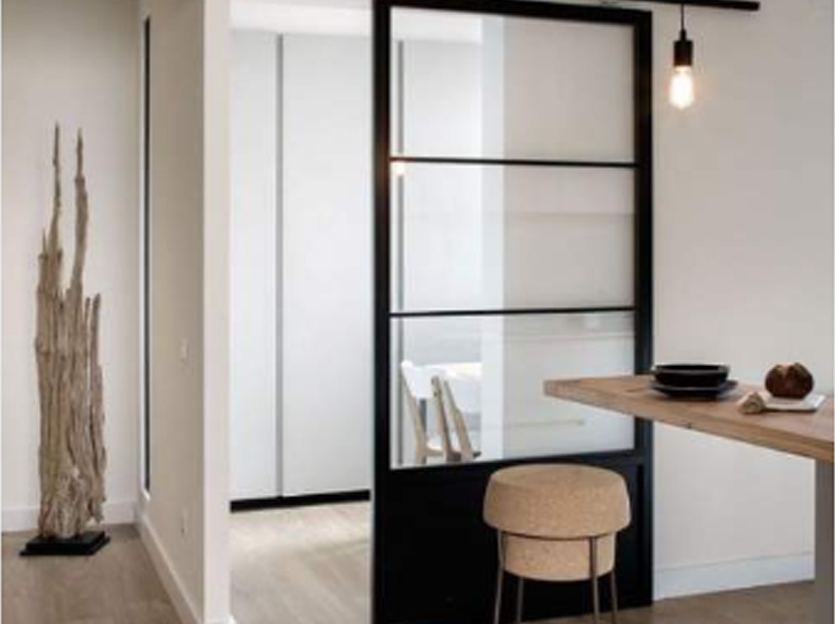




Post a Comment